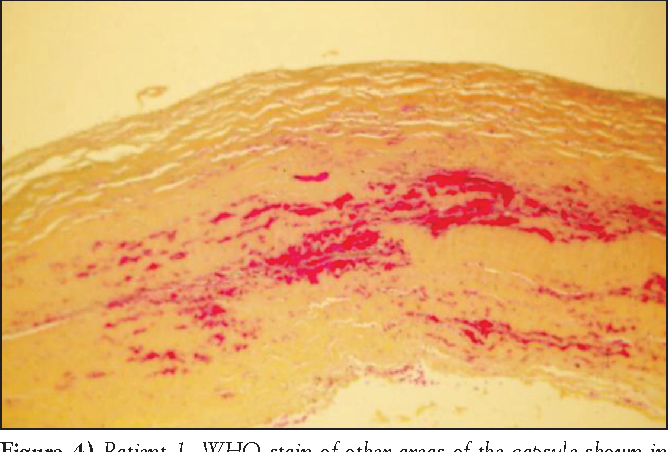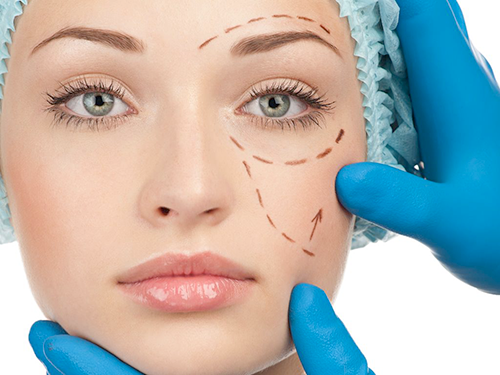There are a number of alternatives to an Abdominoplasty out there if you do not feel ready to have the surgery yet, or even feel that it is not right for you. They are less invasive than an Abdominoplasty and so therefore are kinder to your body and require less healing time. However, before deciding to go with a non-invasive alternative, you first need to be aware of both the advantages and the disadvantages of each procedure.
- LipodissolveLipodissolve is a fairly new technique that has been developed. It is the most popular alternative to Abdominoplasty in America; this is because unlike Abdominoplasty, it is not invasive and the results are almost as good as having the actual surgery. It consists of a series of injections which are designed to melt small areas of fat around the injection. While the exact chemicals used in the injections varies between doctors, the general chemicals that are used include multivitamins, alpha lipid acid, enzymes, plant extract, and a chemical known as phosphatidylcholine/deoxycholate. During the treatment, your doctor will inject the mixture into your skin, in the areas where it is needed to dissolve the fat there.
One of the main advantages that lipodissolve has against traditional Abdominoplasty, is that it is a non-invasive procedure; the injections are usually so painless that they do not require any kind of anaesthetic. A further advantage is that because it is a non-surgical alternative, there are no scars left behind once you have had the operation done, this is furthered by the fact that (unlike Abdominoplasty which can take up to two years) , the results can be seen after three weeks. It is recommended that you have a number of treatments, around a month apart, to achieve the maximum result of the procedure.
- LipolaserLipolaser is a non-surgical alternative to Abdominoplasty and is one of the more advanced solutions that are available on the market today. It is used mainly by people who only need to lose a small amount of fat, or even those who need to lose fat in a specific place. It is also useful because it is completely non-invasive and therefore does not leave any scaring or marks on your body. It works through a paddle that has laser diodes that create light on a very specific wavelength. This specific wavelength passes through the skin and other tissue harmlessly, though it causes a reaction when it comes into contact with the fatty tissue. It works through causing the fat cells to become temporary permeable and so allows the fat to, in essence, drain away. The fat that is lost is either burned up by your body or passes through your lymphatic system and is excreted as urine. The entire procedure takes around thirty minutes, though you are encouraged to drink large amounts of water before and after as this allows your body to break down the fat cells, and then flush them out. You will, however, have to have a number of treatments to see the results, usually having two during the first week. However, it only takes a week to notice the results.
- Abdominal EtchingAbdominal etching is a form of liposuction, though it differs in that it is a far more complex and difficult operation to perform. Rather than sucking out the fat generally like in normal Abdominoplasty, Abdominal etching is where your surgeon sucks out the fat between the abdominal muscles; this creates a better definition of the muscle than normal liposuction. The main difference between them as well is that while Abdominoplasty and liposuction takes away the excess fat and skin that you have, abdominal etching simply sculpts your abdomen giving you better definition. It is best seen as the last procedure in a process of weight loss. It can also be used as a way of defining your abdominal muscles if you are still thin but are lacking the definition that you wish. Abdominal etching first gained popularity in the early 90s, though since it has become increasingly popular, especially amongst healthy men and women who are looking for better sculpting. The procedure takes about an hour to do, and you are under what is known as twilight anaesthetic; this is where you are under general anaesthetic but you are awake. It is also possible, though, that you will be asked to show the surgeon where your abdominal muscles are as this will help to make the procedure faster. The surgeon will then make a number of incisions, into which they will insert the tube that they will use to take out the fat that you require. However, you also need to know that abdominal etching works best if your body fat is below 18%, if you are above this then you are less likely to see the results.
- Gastric Bypass SurgeryA Gastric Bypass reduces the size of your stomach, and thus reducing the amount of food that you are in taking. It is part of the family of surgery that is known as briariatric surgery. This means that it is a type of surgery that is designed to help you to lose weight. A Gastric Bypass does two things; first, it makes your stomach smaller by cutting part of it away, and secondly it removes part of your small intestine. Doing this has a twofold effect; it means that you will be full sooner than you would otherwise; it also means that, because part of your small intestine has been cut away, some of the food you eat will not be digested. These two things mean that once you have had a Gastric Bypass your weight loss should be large. You should remember, however, that you should only use a Gastric Bypass when you have tried other methods of weight loss, and you should, ideally, be over 40 on the BMI scale.
Each of the alternatives above has their own advantages and disadvantages; this article can only point them out, it is up to you whether you feel if any of them are a better alternative to Abdominoplasty. For the most part the alternatives are cheaper than Abdominoplasty, though the effects and results are less provable, but this should not discourage you from them. It should be noted, though, that if you do not want to have the surgery (for any reason) then the majority of the procedures above are good alternatives that do not require going under the knife, or require only very minor surgery.




